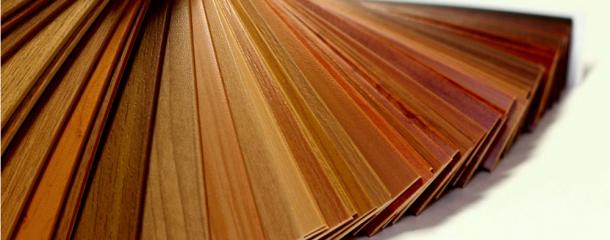Zero joint - Edge material
Záznam uvidíte za
       For zero-joint bonding, only specially manufactured edge band can be used. Edgeband manufacturers such as Ostermann, Rehau, Surteco, Hranipex and others have a wide range of edges, which they are continually adding to through new designs and colours in consultation with the panel manufacturers. If the appropriate zero-joint edge cannot be offered, it is possible to apply the functional layer to existing edge material at a later date. This means that there are no limits to the variety in the area of edges. If the edgeband and functional layer are extruded in one operation, they are called "co-extruded" edgebands. If the functional layer is applied after the edgebanding has been extruded, they are called "post-coated" edges. Edge materialsNot every material is suitable as an edging strip for zero-joint technology. In the following, the materials are listed from which zero-joint edges can be produced. ABS (Acrylonitrile Butadiene Styrene)ABS edges are offered in material thicknesses of 0.8 - 3.0 mm. They impress through their durability and are preferably used for furniture in kitchen, schools, offices and laboratories. It is recommended that thin ABS edgebands should not be used with hot air technology on Chipboards because chips emerging from the board are pressed through the edge. The gluing on MDF board however is not a problem. PP (Polypropylene)PP edgebands have also been used in furniture construction as an alternative to PVC and ABS edgebands since the turn of the millennium due to their resistance opposite mechanic and chemical influences and their colour fastness. PP edgebands are more resistant than ABS. Real wood edgesVeneer edges can be subsequently provided with a functional layer for miscellaneous zero jointing methods. Veneer edges radiate naturalness. Veneer is an ecological material which, if processed correctly, is associated with a long service life. It requires manual skill and is used for furniture in the upper price segment. Common type of wood are: American/ European maple, birch, pear, beech (steamed), oak, alder, ash, American/ European cherry, American walnut Unsuitable edge materialPVC (polyvinyl chlorideWhen the functional layer melts, chlorine contained in the PVC would be released. Due to its harmful effect on health, PVC is unsuitable as a material for zero joint edges. MelamineMelamine edging should not be glued to chipboards due to the edge thickness of 0.3 - 0.4 mm with zero joint method. The structure of the underlying panel material would be reflected on the surface of the edge and chips emerging from the board could be pressed through the edge. |
CNC obrábění895
Opracování hran632
Pílení437
Hoblování188
Frézování181
Vrtání, Dlabání135
Lisování, Spájení201
Broušení323
Dopravníky, Skladování, Balení202
Povrchová úprava152
Výrobní linky127
Topení, Sušení, Drcení62
Odsávání, Stlačený vzduch, Vakuum135
Technika montáže, pracovní stoly15
Soustružení29
Nástroje, Ostřeší91
Ostatní, Příslušenství132

